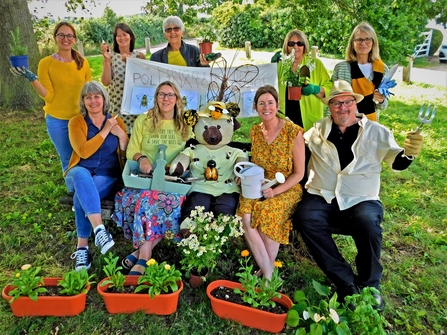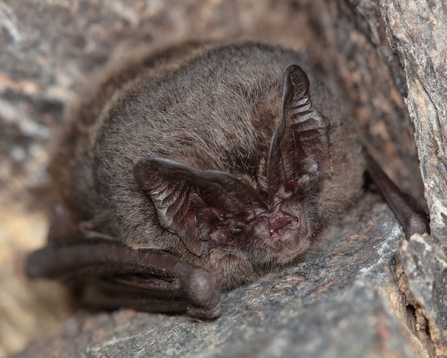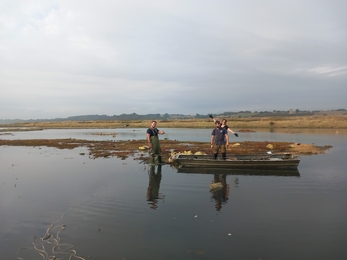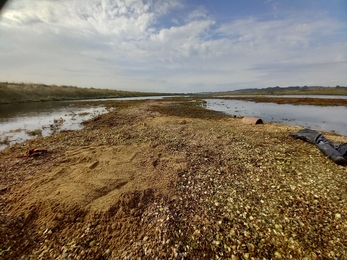Three cheers for Urban Wildlife Champions
We have been overwhelmed by the fantastic work that Urban Wildlife Champions have delivered this year. If you don’t know, these people are volunteers taking action in their local communities, all in the name of wildlife.
Fingringhoe Green Group has launched a project to support local pollinators. Leaflets were delivered to all residents asking them to make a pledge to pollinators. More than 50 households joined the pollinator pledge including planting pollinator plants, leaving areas wild and saying no to pesticides.
In Great Baddow, a mother and daughter team are leading the development of a hedgehog highways project. In their community, a hedgehog highway has been mapped out with current sightings and active gardens plotted.





